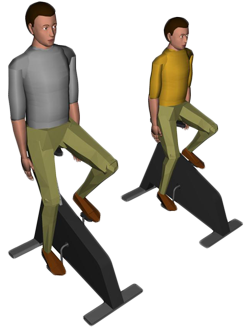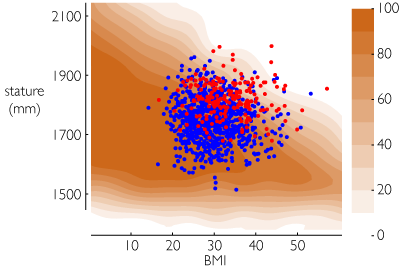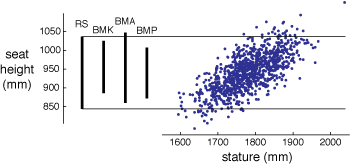
by mbp11 | Feb 19, 2010 | Publications
In the design of artifacts that interact with people, the spatial dimensions of the user population are often used to size and engineer the artifact. The variability in anthropometry indicates the fixed allocation of space, adjustability requirements, or how many...

by mbp11 | Jan 26, 2010 | Publications
A common objective in designing for human variability is consideration of the variability in body size and shape of the target user population. Since anthropometric data specific to the user population of interest are seldom available, the variability is approximated....

by mbp11 | Jan 1, 2010 | Publications
Anthropometric measures that accurately represent the target user population are essential to effective designing for human variability, yet the available anthropometric data are drawn from populations that are substantially dissimilar from the target populations for...

by mbp11 | Dec 9, 2009 | Publications
This study investigates the nature of accommodation in products designed for human variability with the intent of improving tools for design decision-making. Accommodation, which describes the ability of a user to fit or use a device or environment in a preferred way,...

by mbp11 | Sep 16, 2009 | Publications
In the design of artifacts that interact with people, the spatial dimensions of the target user popula- tion are often used to determine requirements of the engineered artifact. The expected variability in body dimensions (called “anthropometry”) is used to indicate...





